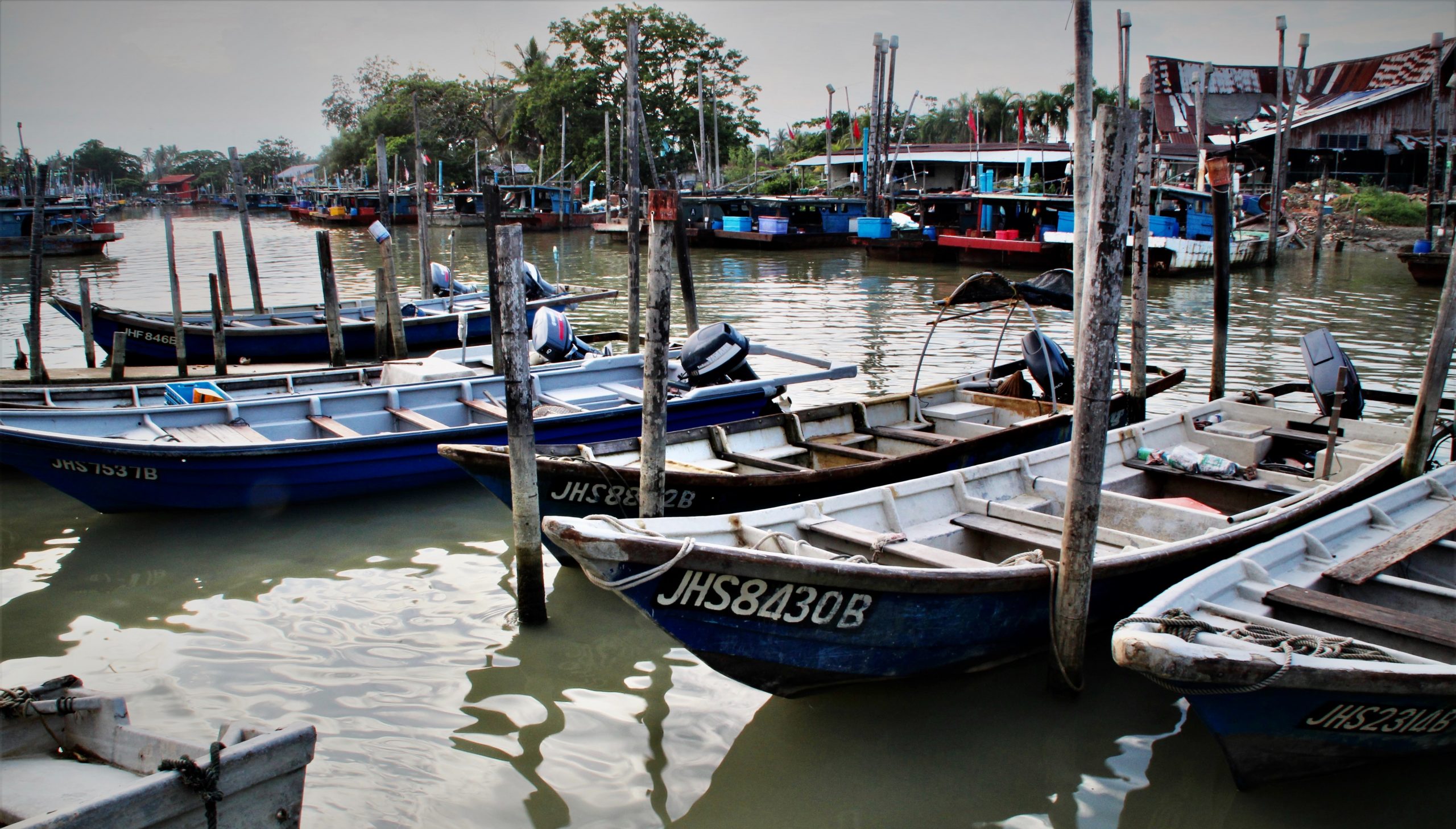HISTORY

Pulau Ketam, Selangor, Malaysia
Klang or Kelang was the capital of Selangor in an earlier period prior to the emergence of Kuala Lumpur and the current state capital, Shah Alam.
Two theories of the name have emerged. One is that it is derived from the Mon–Khmer word Klong, which may mean a canal or waterway and refers to streams and rivers in the area. The other is that it means “warehouses”, from the Malay word kilang and refers to its role as a port in the old days with storage facilities and warehouses.
The town’s history in fact goes back to prehistoric times. Bronze Age drums, axes and other artefacts have been found in the vicinity of the town. A bronze bell dating from the 2nd century BC was found in Klang and is now in the British Museum. Also found in or near Klang are iron tools called “tulang mawas” (“ape bones”) and a bronze drum indicating its strategic importance even before the better known early Malacca sultanate.
It has been mentioned as a dependency of other states as early as the 11th century and has also been cited in the 14th century literary work Nagarakretagama dated to the Majapahit Empire. Chinese records indicate that the river was marked in the maritime charts of Admiral Cheng Ho on his visits to Malacca from 1409 to 1433.
Klang came under the control of the Malacca Sultanate in the 15th century. Tun Perak, Malacca’s greatest Bendahara, was from Klang and became its territorial chief. Klang was then known as a producer of tin. According to Malay-Portuguese explorer and cartographer, Manuel Godin de Erédia, it produced one hundred bares of tin a year when the Portuguese occupied Malacca.
Klang remained in Malay hands after the fall of Melaka to the Portuguese in 1511, and was controlled by the Sultan of Johor-Riau. In the 17th century, the Bugis began to settle in the coastal region of Selangor including Klang, and the Selangor sultanate was created in 1766, which then controlled Klang until the advent of British residential rule in 1874.
Although overshadowed by the growth and development of Kuala Lumpur after the 1880s, Klang was an important center for the colonial economy of British Malaya. Until the construction of Port Swettenham (now known as Port Klang) in 1901, Klang remained the chief outlet for Selangor’s tin, and its position was enhanced by the completion of the Klang Valley railway to Bukit Kuda in 1886, which was then connected to Klang itself via a rail bridge, the Connaught

The palace of the Sultan of Selangor in Klang
Bridge, completed in 1890. The town’s growth was further stimulated by development in the district as the State’ leading producer of coffee and rubber. In 1903, the royal seat was moved back to Klang when it became the official seat of Sultan Alauddin Sulaiman Shah.
In May 1890, a local authority, known as Klang Health Board, was established to administer Klang town. The official boundary of Klang was first defined in 1895. The first road bridge over the Klang River connecting the two parts of the town, the Belfield Bridge, was constructed in 1908.
In 1926 the health boards of Klang and Port Swettenham were merged, and in 1945 the local authority was renamed Klang Town Board. In 1954, the Town Board became the Klang Town Council after a local election to select its members in accordance with the Local Government Election Ordinance of 1950.